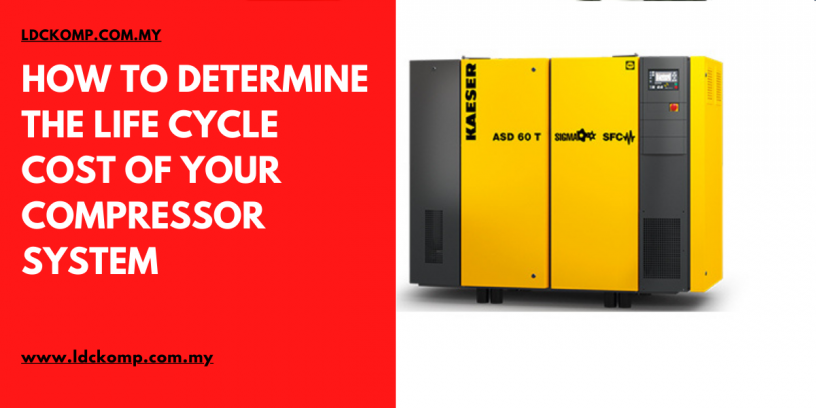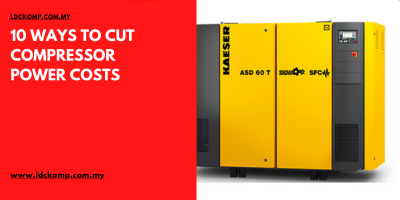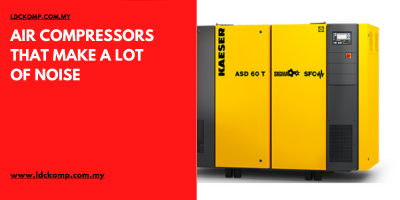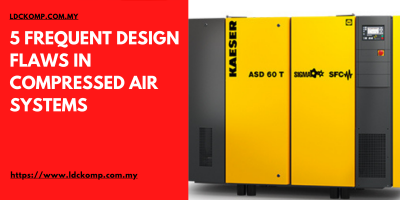What is the Life Cycle Cost of a Compressor?
A life cycle cost analysis (abbreviated as LCC) is a comparison tool used to compare different systems and products; in the context of compressor systems, the LCC is used to evaluate different compressor system options in order to provide guidance on what each option’s potential total investment will be. Remember that the LCC is somewhat restricted in that it cannot account for unforeseen expenditures or business growth, for example, but it is a very helpful approach to set a baseline for making an educated choice on which compressor installation would be most profitable for your firm to invest in.
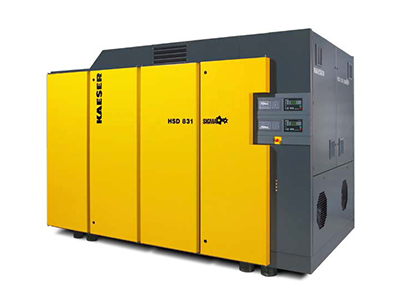
How Do I Determine My Compressor’s Total Life Cycle Cost?
There are several methods for calculating the life cycle cost of a compressor system, but the most popular is this simple formula:
Life Cycle Costs = (Initial Investment) + (Lifetime Maintenance Costs) + (Lifetime Energy Costs)
When determining the entire life cycle cost of a new compressor, each of these three elements (original capital investment, maintenance expenses, and operating costs) plays a significant influence. Each is discussed more below:
- Purchase Price in Total. Typically, the entire purchase price is only a small portion of the total life cycle cost. It is crucial to note that just because a compressor has a cheaper purchase price does not imply that it will cost less in the long run. A greater initial cost may benefit you in the long term if the related expenses of maintenance, upkeep, and energy use are lower. You should also remember to add installation fees in the initial purchase price. These expenses can vary based on the kind and brand of compressor used, and might include electrical wiring, air and water pipes, and foundation requirements.
- Maintenance Fees. The cost of maintenance might vary considerably. They include both labour and components needed to not only maintain the compressor working but also to adhere to mandated maintenance schedules. You should also consider if maintenance will be performed in-house or outsourced to a local compressed air provider. Varying manufacturers recommend different service intervals and component lives, which can have a significant influence on how much money is needed to maintain the compressor during its lifetime.
- Energy Efficiency. The energy efficiency of a compressor may possibly save tens of thousands of dollars in annual electricity expenditures. Such savings can pay back the difference in purchase price in a couple of months, not to mention the ongoing savings. It is feasible that at the end of a compressor’s life, the energy savings will have paid for the compressor’s full purchase price!
For more information about Air Compressor Malaysia, please visit www.ldckomp.com.my
